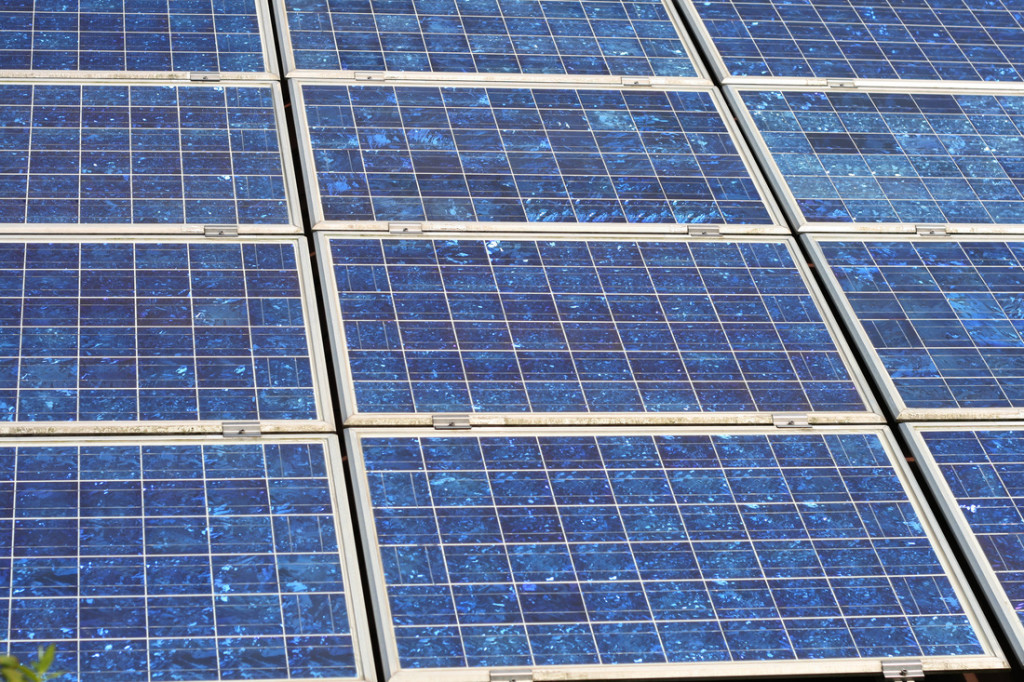Governor Brown and the State Legislature have committed the state to an ambitious goal – reducing greenhouse gas emissions by 40% from 1990 levels by 2030. When you consider that the first stage of California’s Global Warming Solutions Act, enacted in 2006, is on course to bring emissions back to 1990 levels by 2020, it’s clear that the next step will require a much more fundamental transformation in our energy economy.
The good news is that we already have most of the key policies in place to achieve the 40% target – we just need to ratchet them up. The biggest source of greenhouse gases in California is transportation. To reduce those emissions, we need to speed up the electrification of transportation, require vehicle manufacturers to make ever-more efficient cars, trucks and buses, tell the oil companies to use cleaner fuels, expand public transit, and make our communities more walkable and bikeable.
We also need the electricity that will power our electric cars, as well as our homes and businesses, to be much cleaner than it is now. California is on pace to meet its legal standards of getting one-third of our electricity from clean, renewable sources by 2020 and one-half by 2030. Installations of solar panels and wind turbines are growing quickly; developing more geothermal and solar thermal energy and more storage capacity will be important to balance the intermittent nature of wind and photovoltaic power.
Energy efficiency measures are too often overlooked, but they are quite often the most cost-effective ways to reduce emissions. The state has a goal of doubling energy efficiency by 2030, which will require millions of California homeowners and businesses to retrofit their buildings while standards push manufacturers to improve the efficiency of all kinds of appliances.
State agencies need to crack down more on the large industrial polluters, like oil refineries, which have so far done little to reduce their emissions. Agriculture also must play its part by cutting pollution from big dairies and other factory-farm operations. And accelerating waste reduction, recycling and composting will decrease the climate-changing impact of the materials we use. That means local governments will soon be collecting organic wastes separately from the trash headed for the landfill.
Finally, California’s natural and working lands play vital roles in sequestering carbon and methane. The drought and bark beetle have devastated huge swaths of forests in the Sierra Nevada, killing millions of trees and making forests more vulnerable to wildfires that foul the air and release carbon. Maintaining healthier forests, wildlands and rangelands is an essential part of the effort to stave off climate change.
Achieving these goals will mean a lot to the average Californian. We’ll get healthier air, cleaner water, better buildings, improved public transportation, a diverse economy and a more sustainable climate. So, let’s roll up our sleeves and get to work and create a better California for everyone.
